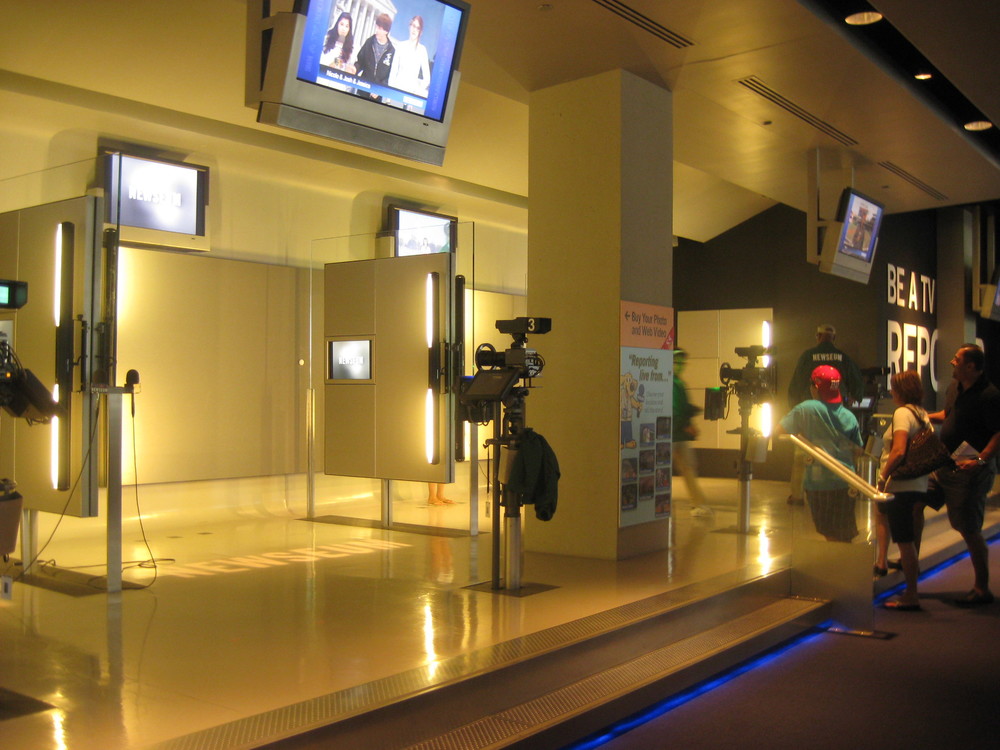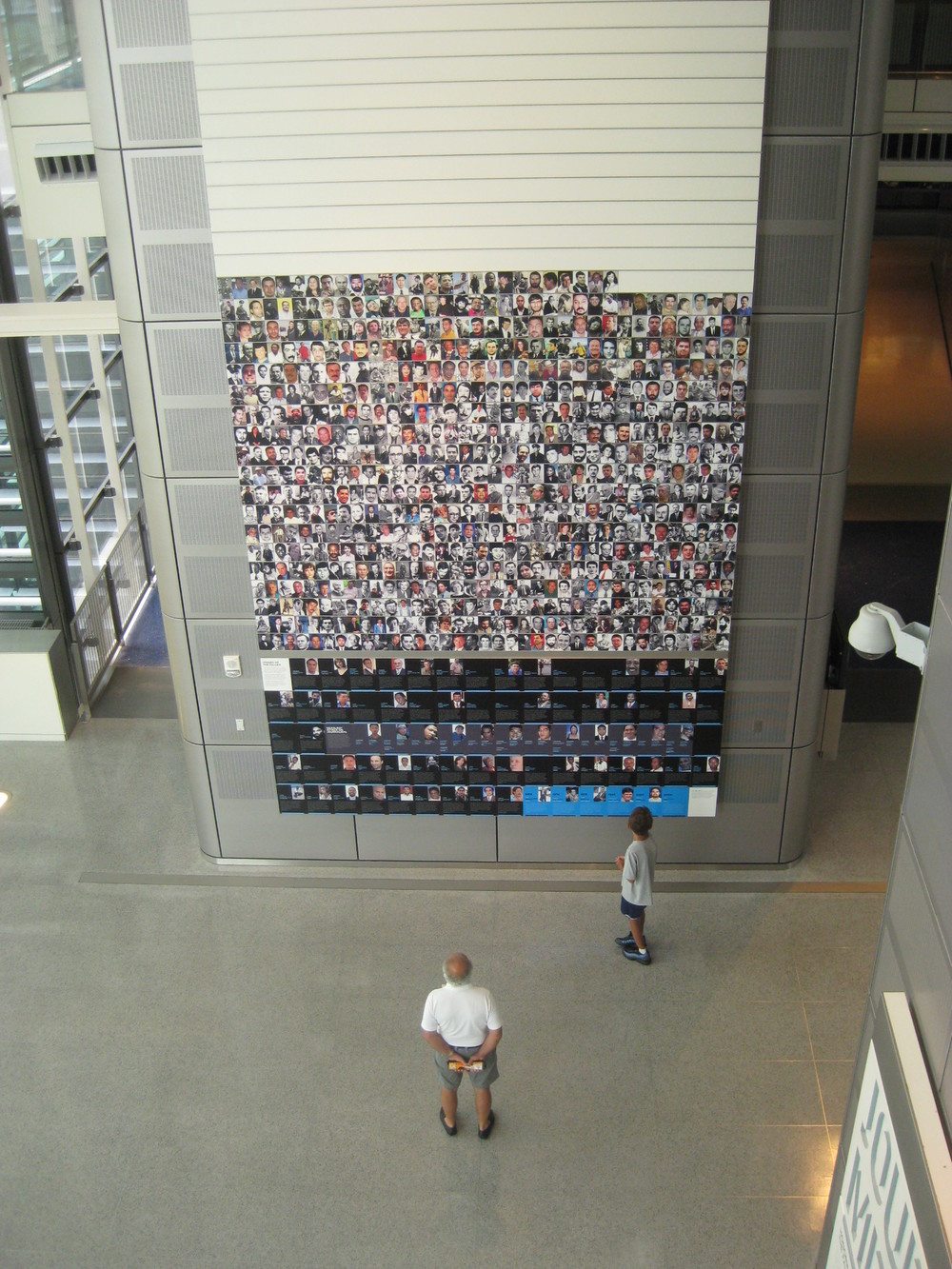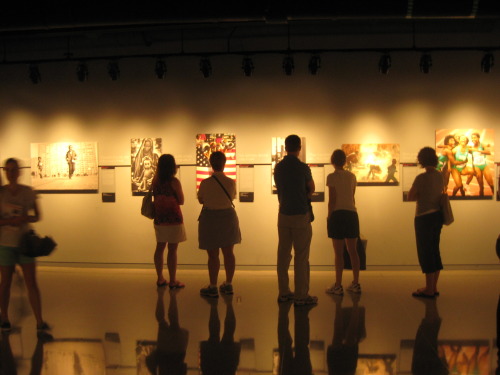My mom loves telling the story of when I first learned to read. It’s a simple one, but she loves it nonetheless. When I was a child, she would read to me every night before going to sleep. One night when I was about four or five she was too tired and, jokingly, she asked me to read to her instead. Much to her surprise, I actually did. She always tells the story with such joy and pride, explaining that she didn’t expect me to know how to read already.
I’m guessing my love of reading started with those bedtime stories and for years I’ve kept the books I read as a child. I never wanted to give them away, initially for purely sentimental reasons but after awhile, I figured it would be best to give them somewhere where they could truly be appreciated….to someone who would take the time to read to children like my mom and dad always did for me.
And so my sister-in-law and I prepared a box full of my books and other educational toys that we could donate to an organization promoting education and literacy for the children of the Philippines. We had been talking about doing something like this for awhile but only now with my trip back home were we actually able to put our plans into action.
Museo Pambata (which translates to the Museum for Children) is one such organization that does exactly what we were looking for. As the name indicates, it is a museum…but it is unlike all others in that it’s completely interactive and hands-on, promoting an alternative way of learning for children, especially for those who have no access to formal education. What interested me the most though was their literacy program. In addition to their in house library that’s open to all children, the museum also has a mobile library that travels around the impoverished areas of metro Manila reading to the children of those villages. That’s where I really wanted my books to go.
Just before leaving the Philippines, I made the trip over to Museo Pambata where I was greeted by Kikay and Pamela, two street children who were there volunteering at the library to read to other children visiting the museum. And in an instant, I knew my much beloved books had found a home…
Watch the video below for a tour of Manila’s Museo Pambata.
For more information about the museum, visit www.museopambata.org.




